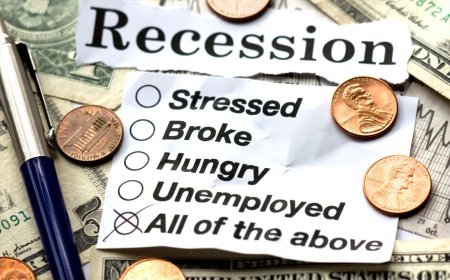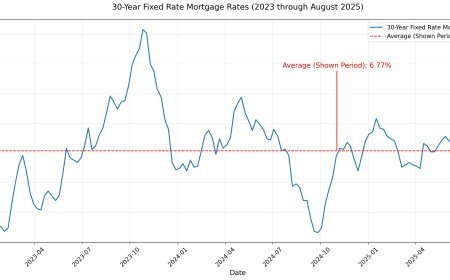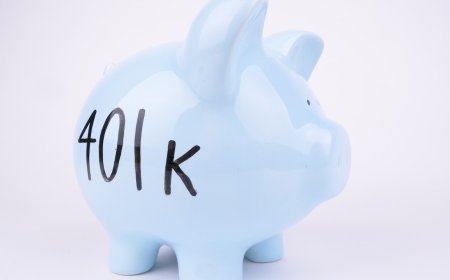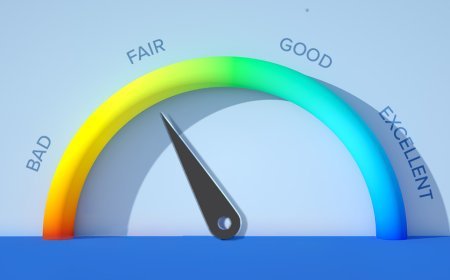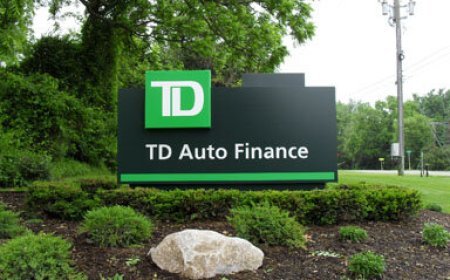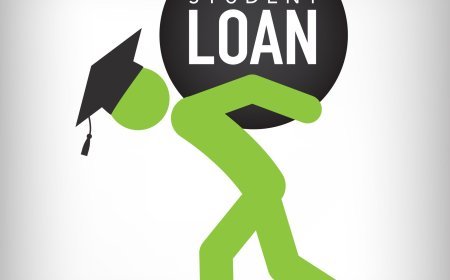Your 2026 First-Time Home Buyer’s Guide: Plan Smart, Move Confidently
Stepping into homeownership in 2026 is an exciting but daunting goal, especially for first-time buyers navigating a market of fluctuating rates, rising prices, and economic uncertainty. With 30-year fixed mortgage rates hovering around 6.3% in October 2025 and home prices up 4% year-over-year, preparation is everything. This guide equips you with the knowledge and steps to make your move in 2026, whether you’re saving for a down payment or ready to sign.

In This Article:
-
Why 2026 Could Be Your Year: Market trends and opportunities for first-time buyers.
-
Key Steps to Prepare Financially: Budgeting, credit, and savings strategies for success.
-
Understanding Your Mortgage Options: Loan types and what’s available in 2026.
-
Navigating the Home Buying Process: From house hunting to closing, simplified.
-
Tips to Stand Out in a Competitive Market: How to win in a tight 2026 market.
Why 2026 Could Be Your Year
The 2026 housing market offers cautious optimism for first-time buyers. Mortgage rates are projected to dip to 5.8-6% by year-end, per Fannie Mae, as the Federal Reserve continues gradual rate cuts (targeting a 2.9% federal funds rate). Home price growth is slowing, with a projected 3% increase compared to 4% in 2025, giving buyers a slight edge. Inventory is also improving—3.8 months’ supply is expected by mid-2026, up from 3.5 now—meaning more homes to choose from.
That said, challenges persist. Median home prices are around $420,000, and low inventory in desirable areas keeps competition fierce. First-time buyers, who made up 32% of purchases in 2025, benefit from programs like FHA loans and down payment assistance, which remain robust in 2026. Timing your move with preparation can make 2026 your year to buy.
Key Steps to Prepare Financially
Getting your finances in order is critical. Here’s how to set yourself up by mid-2026:
-
Build a Budget: Aim for housing costs (mortgage, taxes, insurance) to be 25-30% of your monthly income. For a $3,500 monthly income, that’s $875-$1,050. Use apps like YNAB to track spending and cut extras (e.g., $100/month on dining out).
-
Save for a Down Payment: Target 3-10% of your home’s price. For a $350,000 home, that’s $10,500-$35,000. FHA loans allow 3.5% down ($12,250), while conventional loans often need 5-10%. Automate $200-$500/month into a high-yield savings account (4.5% APY) to grow your fund.
-
Boost Your Credit Score: Aim for 670+ for better rates (740+ for the best). Pay down credit card balances to under 30% utilization, make all payments on time, and avoid new debt. Check your score free via Credit Karma and dispute errors.
-
Lower Your Debt-to-Income (DTI) Ratio: Lenders prefer a DTI below 43%. Pay off small debts (e.g., $2,000 in credit card balances) to drop your DTI from 45% to 35%, improving approval odds.
-
Explore Down Payment Assistance: Over 2,000 programs nationwide offer grants or low-interest loans, especially for first-timers. Check hud.gov or your state’s housing authority for 2026 options.
By starting now, you can save $15,000-$20,000 and bump your credit score 50 points by summer 2026, saving hundreds monthly on your mortgage.
Understanding Your Mortgage Options
Choosing the right loan is key. Here are the best options for first-time buyers in 2026:
-
FHA Loans: Ideal for credit scores as low as 580 (3.5% down) or 500 (10% down). Expect mortgage insurance premiums ($100-$200/month) but lenient terms. Rates: ~6.2%.
-
Conventional Loans: Require 620+ credit and 5-10% down. Conforming loans (up to $766,550 in most areas) offer competitive rates (~6%) without PMI if you put 20% down.
-
VA Loans: For eligible veterans/active military, these offer 0% down, no PMI, and 580+ credit. Rates: ~5.8%. Check eligibility at va.gov.
-
USDA Loans: For rural areas, 0% down and 580+ credit. Limited to specific zones but low rates (~6%). Find eligible areas at usda.gov.
-
Adjustable-Rate Mortgages (ARMs): 5/1 ARMs start at ~5.5%, good for short-term ownership (5-7 years), but rates adjust after five years.
Compare at least three lenders—Rocket Mortgage, Quicken Loans, and local credit unions are strong for first-timers. Pre-approval shows your budget and strengthens offers.
Navigating the Home Buying Process
The 2026 process can feel overwhelming, but here’s a clear roadmap:
-
Get Pre-Approved (Now-3 Months Out): Submit income, credit, and asset details to a lender. Pre-approval takes 1-2 weeks and sets your price range (e.g., $300,000-$400,000).
-
Hire a Buyer’s Agent: A real estate agent (free to buyers, paid by sellers) guides you through listings and negotiations. Look for someone with first-time buyer experience via Zillow or referrals.
-
House Hunt (3-6 Months): Focus on needs (2 bedrooms, good schools) vs. wants (granite counters). Use Redfin or Realtor.com for listings. Attend open houses and note inventory trends.
-
Make an Offer: Your agent crafts a competitive offer based on comps (recent sales). In hot markets, offer 1-2% above asking or include escalation clauses.
-
Inspection and Appraisal: Pay $300-$500 for a home inspection to catch issues. Lenders require an appraisal ($500-$1,000) to confirm the home’s value.
-
Close the Deal (30-45 Days): Sign paperwork, pay closing costs (2-5% of loan, ~$6,000-$15,000 on $300,000), and get keys. Budget for moving costs ($500-$2,000).
Start early—pre-approval now and house hunting by spring 2026 keeps you ahead of summer competition.
Tips to Stand Out in a Competitive Market
With inventory still tight, make your offer shine:
-
Get Pre-Approved, Not Just Pre-Qualified: Pre-approval signals you’re serious, unlike a vague pre-qualification.
-
Be Flexible on Closing: Offer a 45-60 day closing to suit sellers, especially those waiting to relocate.
-
Write a Personal Letter: Share your story (e.g., starting a family) to connect emotionally with sellers.
-
Cover Small Costs: Offer to pay minor fees (e.g., $500 title insurance) to sweeten the deal.
-
Work with a Local Lender: They often close faster and know market nuances.
In 2025, 40% of first-time buyer offers were rejected in hot markets like Austin or Denver. Act fast but smart—avoid waiving inspections to save $300 but risk $10,000 in repairs.
Conclusion
Buying your first home in 2026 is achievable with a solid plan. Start saving now, boost your credit, explore loan options like FHA or VA, and partner with a trusted agent. With rates potentially dipping to 5.8% and inventory easing, 2026 could be your sweet spot. Use tools like Bankrate’s mortgage calculator to map your budget, and don’t hesitate to tap HUD counselors for free advice. Ready to start? Share your 2026 home buying goals in the comments!
What's Your Reaction?
 Like
0
Like
0
 Dislike
0
Dislike
0
 Love
0
Love
0
 Funny
0
Funny
0
 Angry
0
Angry
0
 Sad
0
Sad
0
 Wow
0
Wow
0


